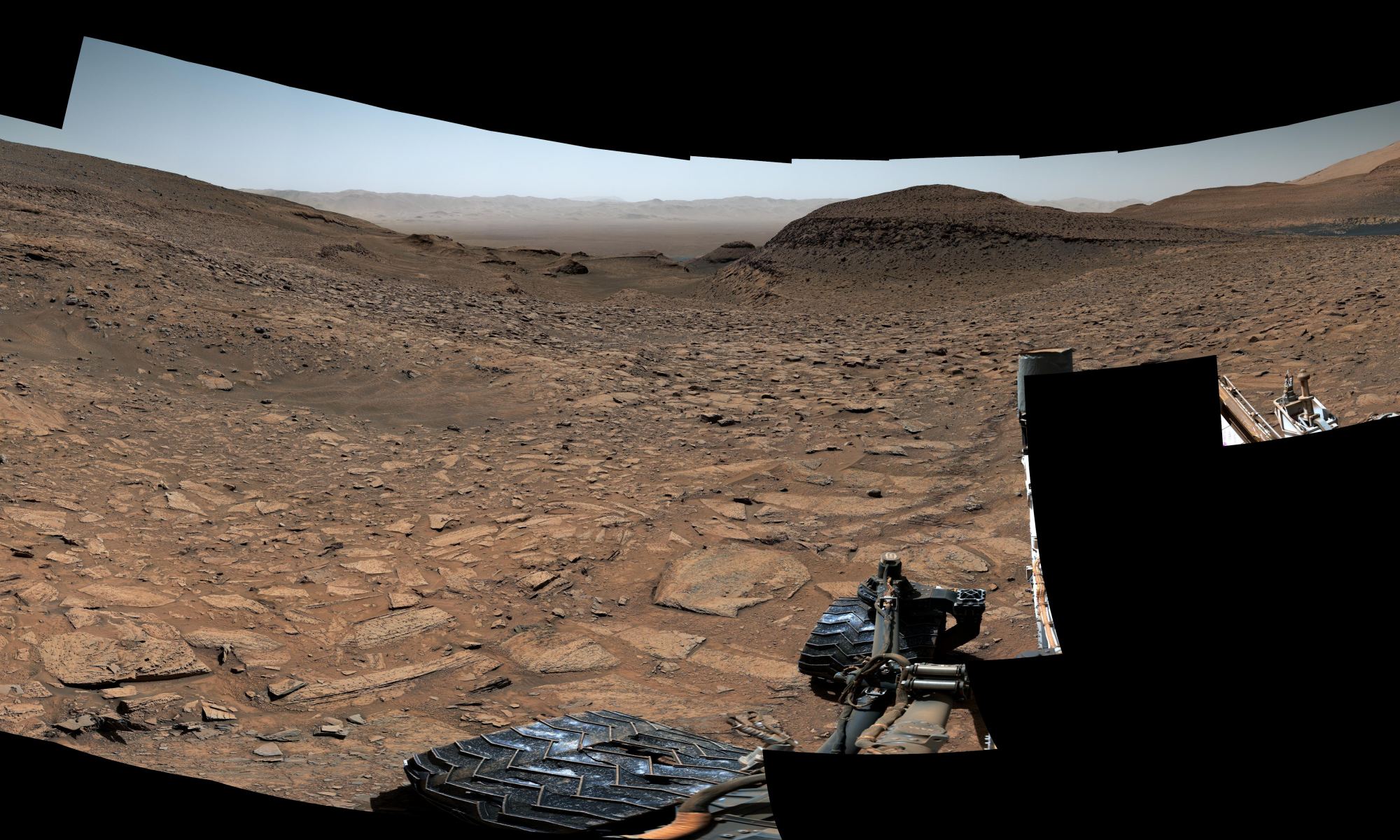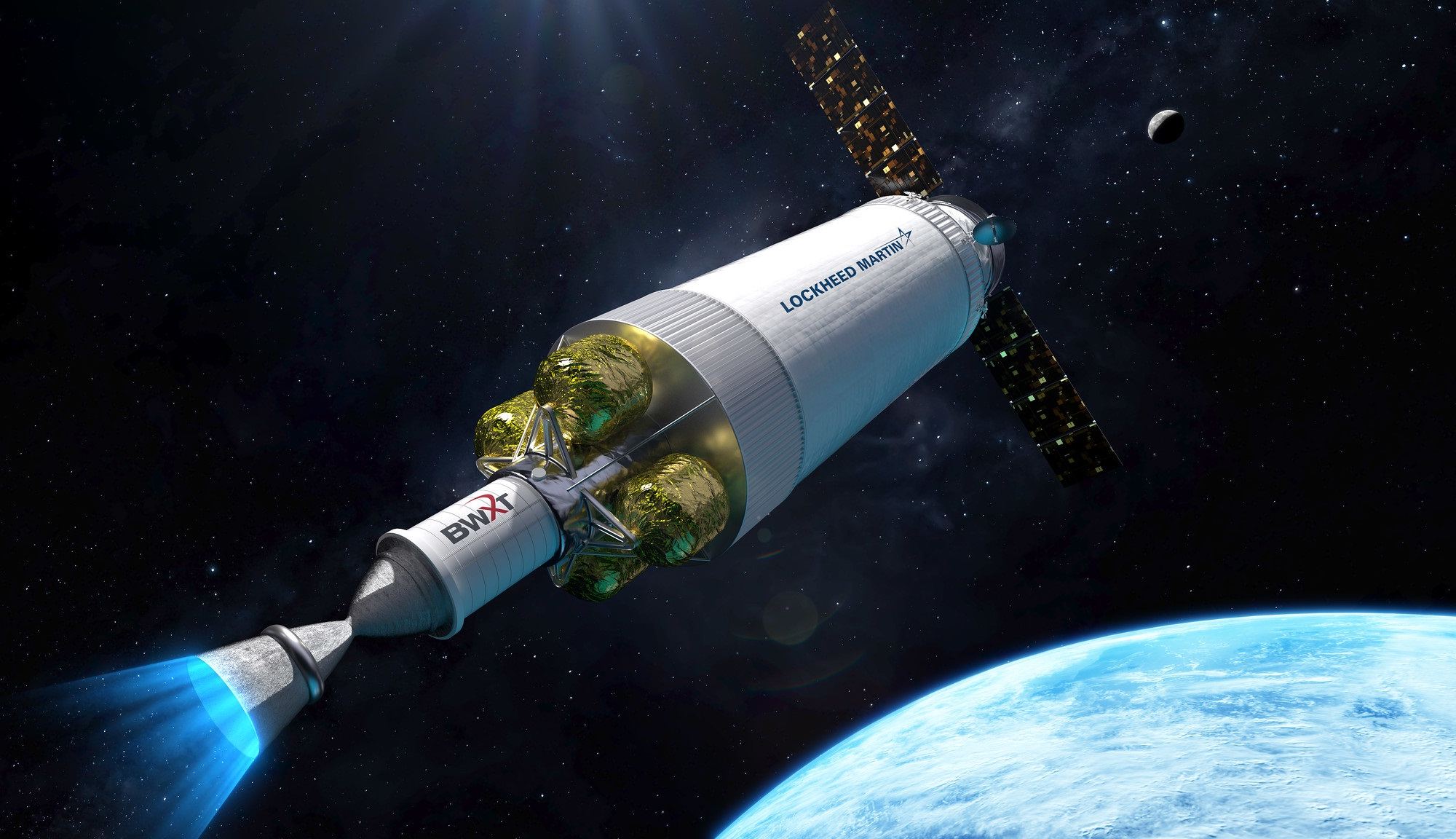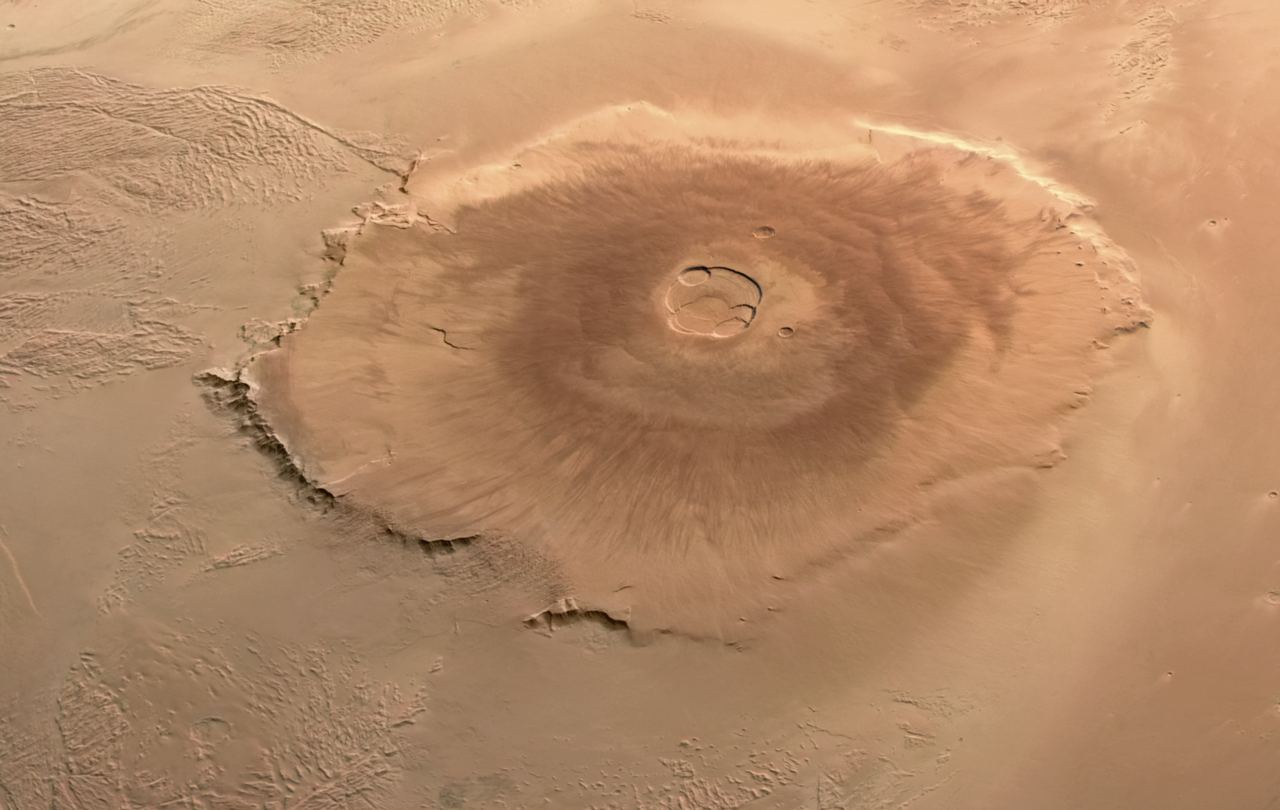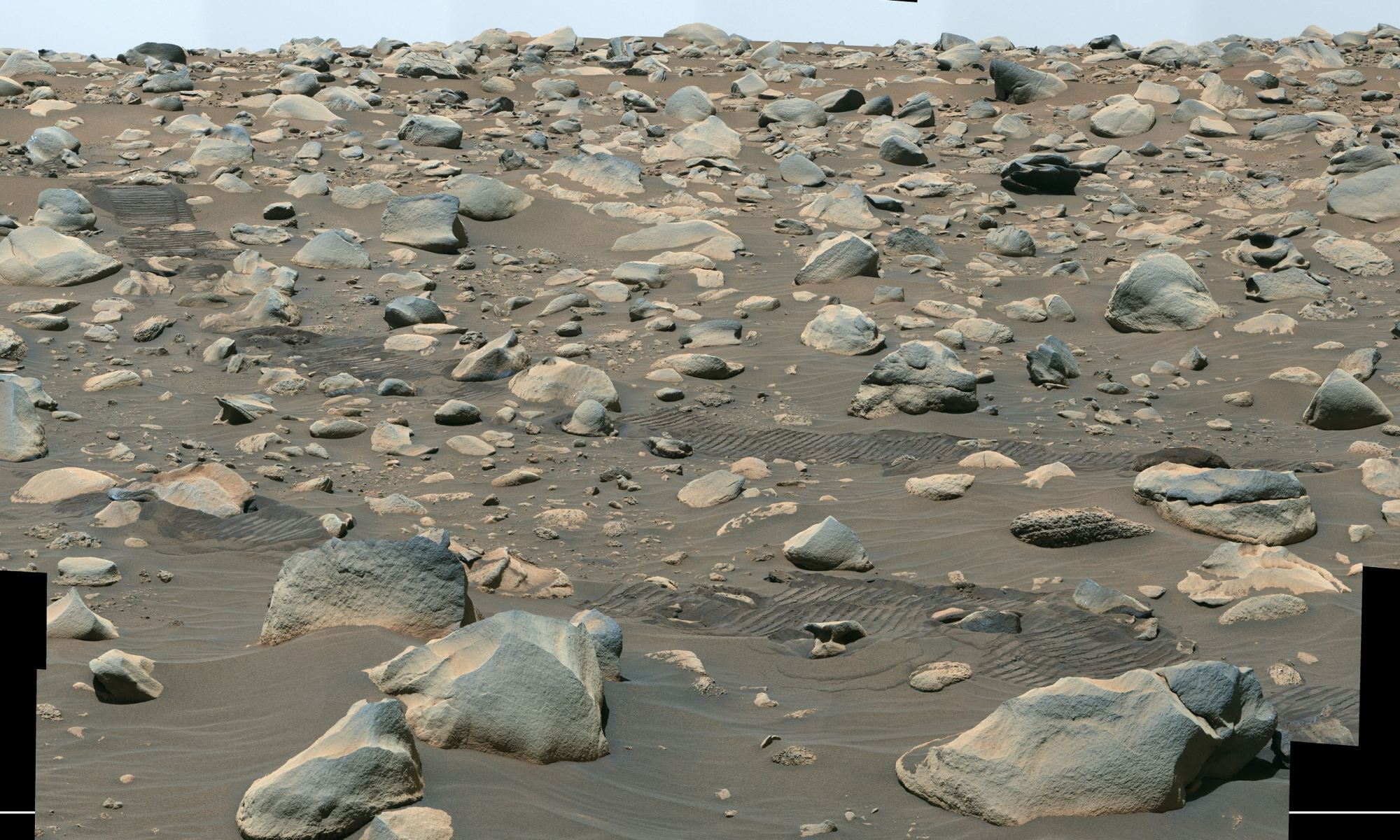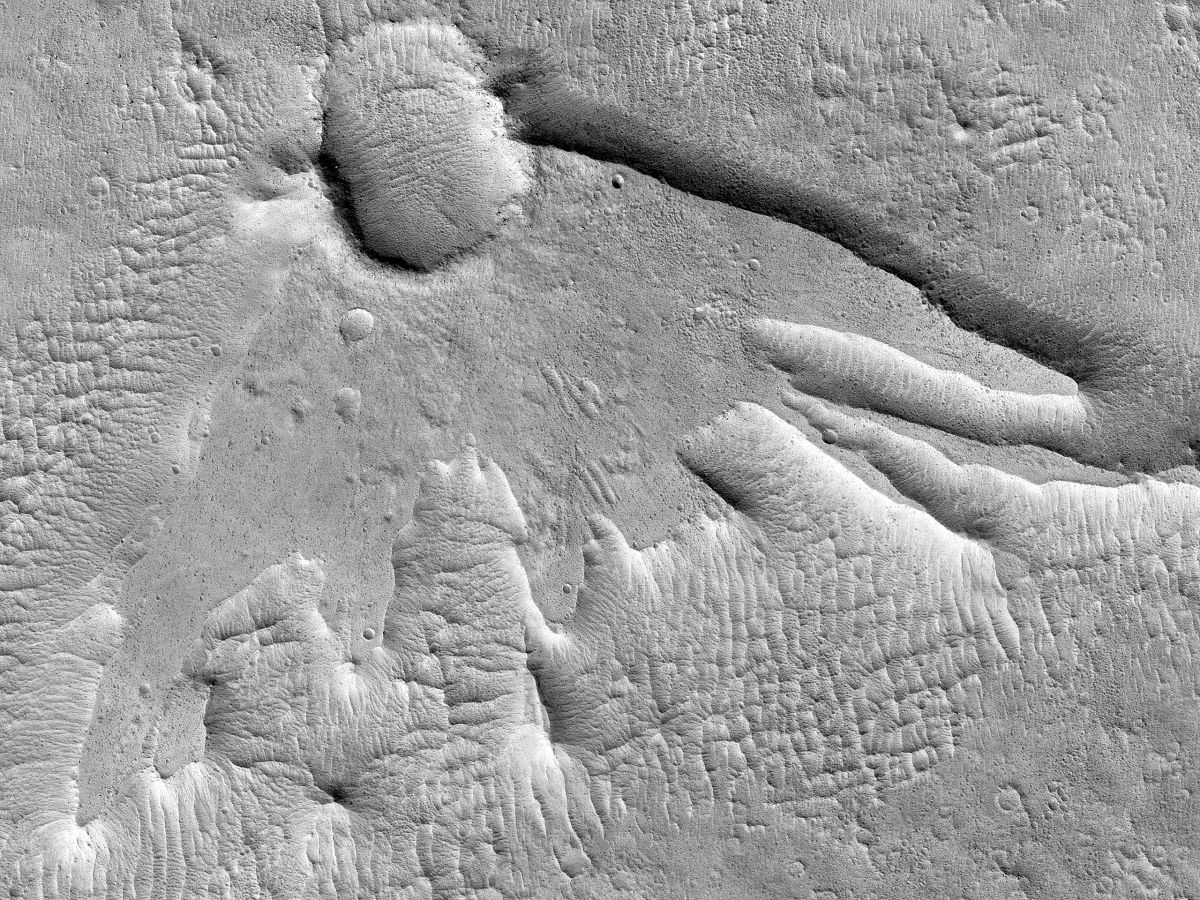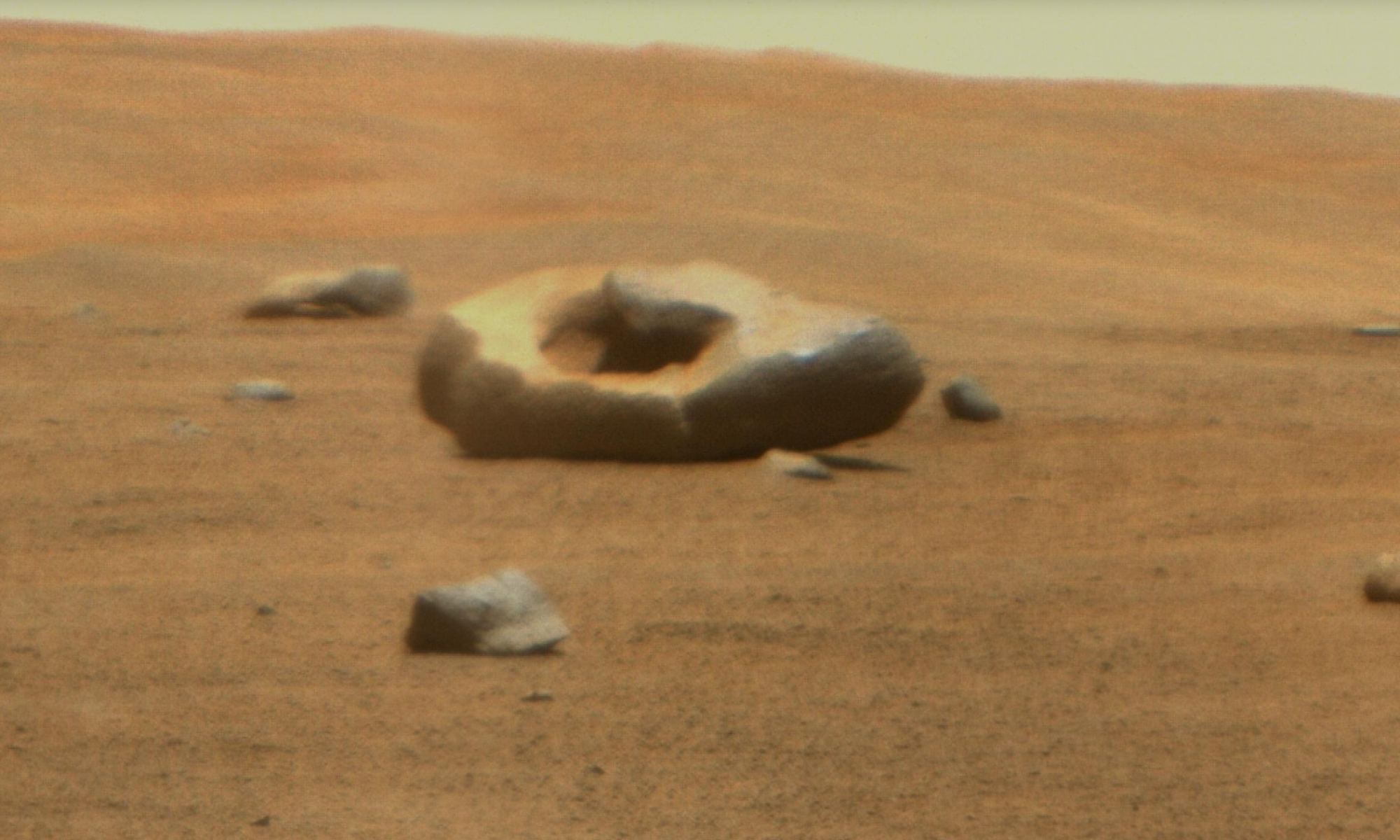The Ingenuity helicopter continues to explore the landscape around Jezero Crater on Mars, now more than 800 days into its original 30-day demonstration mission. Recently, Ingenuity completed its 54th flight on the Red Planet. However, things haven’t gone exactly to plan the past several weeks.
On its 53rd fight on July 22, 2023, the helicopter cut the flight short after one of its warnings was triggered, implementing the “LAND_NOW” protocol. Ingenuity should have flown for 136 seconds but was only in the air for 74 seconds before performing an emergency landing.
Continue reading “NASA's Mars Helicopter Had an Unscheduled Landing, But Flew Again”


